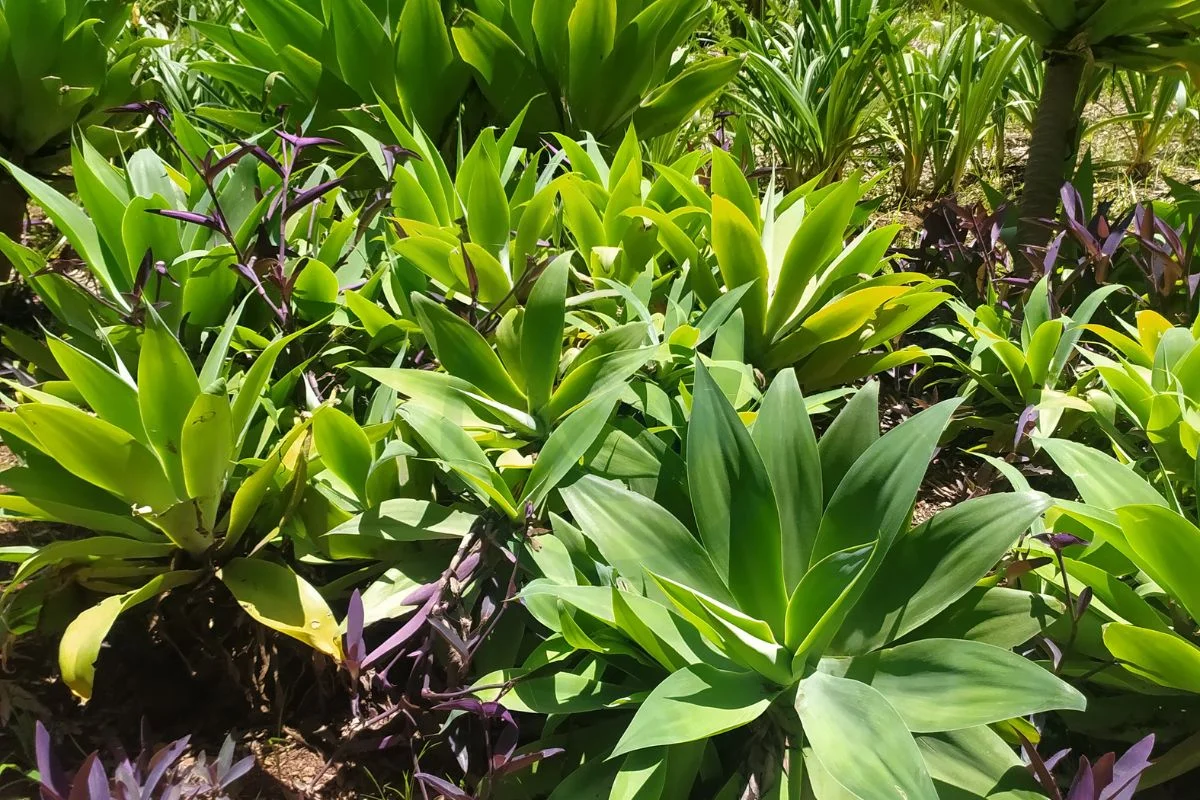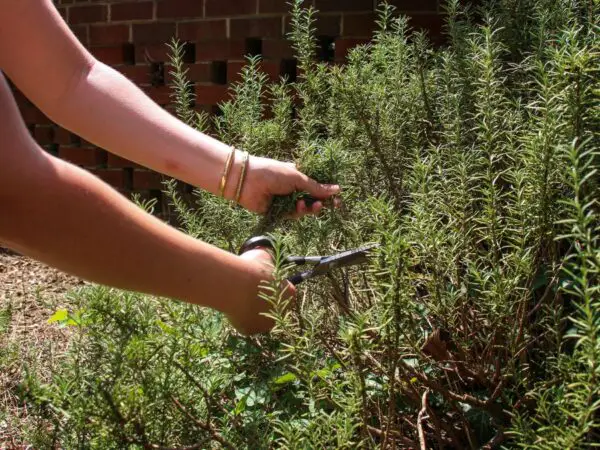Discover the secrets to nurturing your lion tail plant with ease. Uncover the stark contrast between thriving greenery and wilting leaves by mastering essential care tips. From watering frequencies to ideal lighting conditions, this guide covers all you need to know for a flourishing lion tail plant. Explore the art of pruning and propagation to promote growth and vitality in your indoor oasis. Whether you're a seasoned plant parent or just starting your botanical journey, this comprehensive guide will elevate your plant care game. Embrace the beauty of your lion tail plant as you learn how to provide the best environment for its optimal growth.
Key Takeaways
- Regularly check the soil moisture to ensure it remains consistently moist but not waterlogged for optimal Lion's Tail plant care.
- Provide well-draining soil and avoid overwatering to prevent root rot, a common issue with Lion's Tail plants.
- Place your plant in a sunny location with sufficient light exposure to promote healthy growth and vibrant blooms.
- Feed your Lion's Tail plant with a balanced fertilizer during the growing season to encourage flowering and overall plant health.
- Experiment with propagation methods like stem cuttings to expand your Lion's Tail plant collection and share with fellow gardeners.
- Consider companion planting with other drought-tolerant species to create a harmonious and visually appealing garden landscape.
Understanding Lion's Tail
Plant Features
The lion tail plant, scientifically known as Leonotis leonurus, boasts unique characteristics that set it apart. Commonly referred to as "lion's tail" or "wild dagga," this plant belongs to the mint family. It is a perennial shrub that can reach heights of up to six feet. Thriving in full sun, the lion tail plant hails from South Africa.
Growth Habit
The lion tail plant exhibits a typical growth pattern characterized by its tall stature and shrub-like appearance. With the potential to grow up to six feet in height, this plant adds a striking vertical element to any garden landscape.
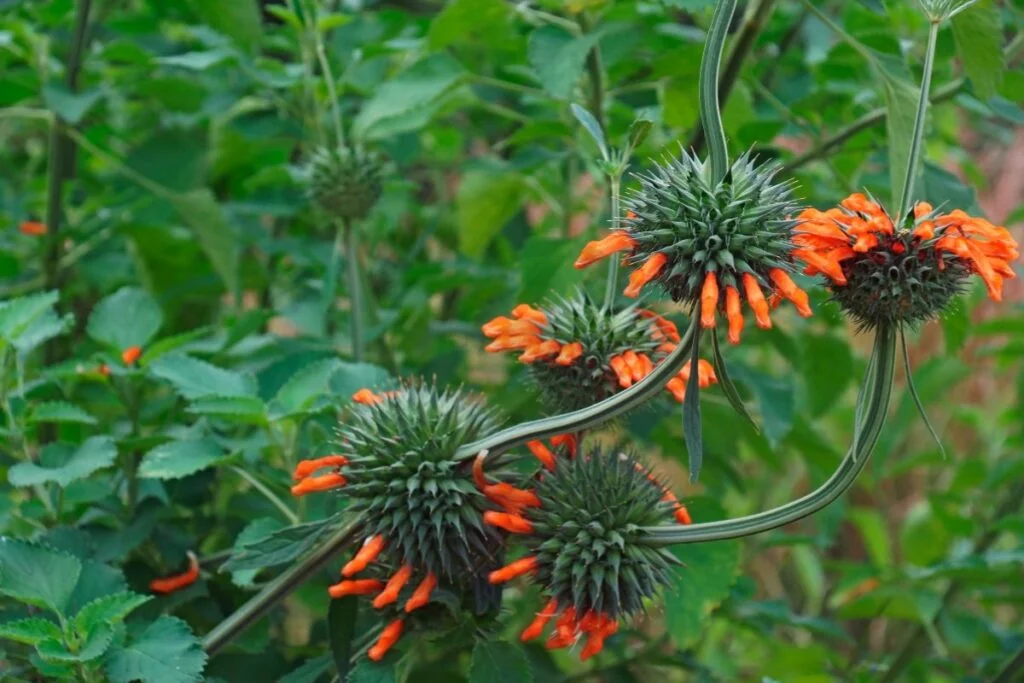
Sunlight Needs
Full Sun
Full sun is crucial for the lion tail plant's optimal growth and development. Basking in sunlight, this plant thrives and showcases its vibrant blooms and lush foliage. Adequate sunlight ensures robust growth and abundant flowering.
Partial Shade
While preferring full sun, the lion tail plant also shows tolerance towards partial shade conditions. In areas with limited sunlight, the plant may exhibit slightly slower growth but still maintains its overall health and vigor. To cater to partial shade environments, consider providing some protection during peak sunlight hours.
Evergreen Characteristics
The lion tail plant is not classified as an evergreen species, shedding some leaves during certain seasons. However, it retains a significant portion of its foliage throughout the year, maintaining an attractive appearance even during colder months. The unique foliage of the lion tail plant adds visual interest to any garden setting.
Soil and Watering Essentials
Soil Preferences
Soil Type
The lion tail plant thrives in well-drained soil, benefiting from loamy or sandy textures for optimal growth. Selecting the right soil is crucial to provide adequate drainage and prevent waterlogging.
pH Levels
Maintaining neutral to slightly alkaline soil pH levels is essential for the lion tail plant's health. The plant prefers a specific range to support nutrient absorption and overall well-being.
Watering Needs
Frequency
For the lion tail plant, a consistent watering schedule is key to maintaining its health. Regular watering, pruning, and other care tasks should be performed diligently.
Techniques
When caring for the lion tail plant, ensure proper watering techniques are employed. This includes watering, pruning, fertilizing, and other essential tasks to promote growth and vitality.
Climate Requirements
Temperature Range
The lion tail plant thrives in temperatures ranging from 65 to 85 degrees Fahrenheit. It dislikes extreme cold.
In colder climates, protect your lion tail plant by bringing it indoors during frosty nights or winter months.
Maintain a stable temperature for the lion tail plant to ensure its optimal growth and health.
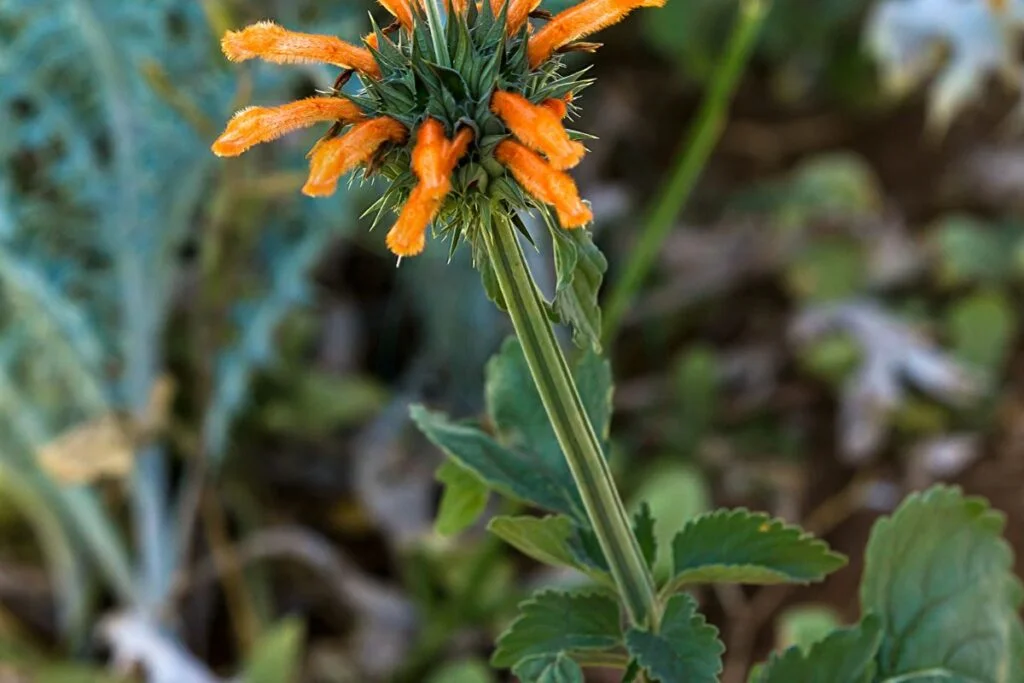
Humidity Levels
The lion tail plant enjoys moderate to high humidity levels, similar to its native tropical environment.
Insufficient humidity can lead to stunted growth and brown leaf tips on the lion tail plant.
To maintain suitable humidity levels, consider using a humidifier or placing a tray of water near the plant.
Nourishing Your Plant
Fertilizing Basics
Fertilizer Type
- Choose a balanced liquid fertilizer with an equal ratio of nutrients to support lion tail plant growth.
- Fertilizer application is crucial for providing essential nutrients that may be lacking in the soil.
- Enhance plant growth by fertilizing every two weeks during the growing season.
Application Timing
- Apply fertilizer in spring and summer, when the plant is actively growing and needs more nutrients.
- Best timing for absorption is early morning or late afternoon to avoid scorching the plant.
- Incorporate fertilizer into watering routine for consistent nutrient supply.
Pruning Techniques
Pruning Time
- Prune in early spring to remove dead or damaged growth and shape the plant before new growth emerges.
- Benefits of pruning include promoting new growth and maintaining the lion tail plant's health.
- Maintain plant shape and health by regular pruning throughout the year.
Pruning Method
- Use sharp, clean shears to make precise cuts without causing damage to the plant.
- Start by removing dead or yellowing leaves, then trim back overgrown branches to maintain shape.
- Follow step-by-step instructions: Identify areas for pruning, make clean cuts at a 45-degree angle.
Propagation Guide
From Seeds
Seed Preparation
To ensure successful propagation of lion tail plants from seeds, select high-quality seeds for optimal growth. Begin by soaking the seeds in warm water for 24 hours. Next, scarify the seed coat lightly to promote germination.
Germination Process
The germination process of lion tail plant seeds typically takes around 2-4 weeks. Maintain a consistent temperature of around 70-75°F and provide ample sunlight for successful germination. Keep the soil moist but not waterlogged to aid in seedling growth.
Propagation Steps
When propagating lion tail plants, start by selecting healthy parent plants with robust growth. Choose between seed propagation or stem cuttings depending on your preference and expertise level. For seed propagation, follow the steps outlined above for successful germination.
Companion Planting Insights
Visual Appeal
The lion tail plant boasts striking visual appeal with its unique foliage and vibrant colors. Its long, slender leaves cascade elegantly, adding a touch of grace to any garden. This plant's ornamental value lies in its ability to create a tropical ambiance, making it a popular choice for landscaping. To enhance its visual impact, consider planting it in well-draining soil and providing ample sunlight.
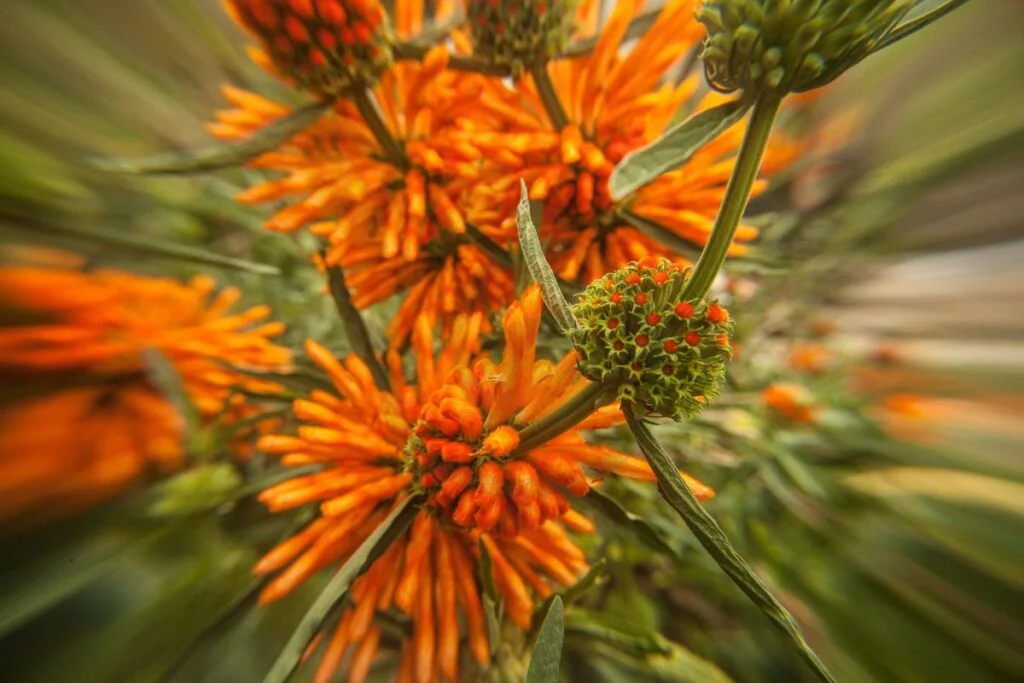
Incorporating the lion tail plant into your garden can elevate its aesthetic charm. The plant's feathery fronds create a lush and exotic atmosphere, perfect for adding a touch of drama to your outdoor space. Pairing it with contrasting plants like succulents or flowering species can create a visually appealing garden design. Placing the lion tail plant near water features can amplify its beauty by reflecting its foliage.
Harmonious Combinations
When it comes to creating harmonious landscapes, selecting suitable companion plants is crucial. The lion tail plant pairs exceptionally well with various species, enhancing the overall look of your garden. Combining it with plants that have contrasting textures or heights can create an interesting visual contrast. Consider pairing the lion tail plant with agave or yucca for a desert-themed landscape.
For those looking to add a pop of color to their garden, combining the lion tail plant with flowering perennials like lantana or salvia can create a vibrant display. These colorful blooms complement the lion tail plant's foliage, creating a harmonious blend of textures and hues. Incorporating ornamental grasses like fountain grass can add movement and depth to your garden design.
Seasonal Care Tips
Spring Care
In spring, ensure the lion tail plant receives adequate sunlight for healthy growth. Prune any dead or damaged leaves to promote new growth. Fertilize the plant to provide essential nutrients for flourishing.
Water the lion tail plant regularly in spring to maintain soil moisture. Spring maintenance is crucial for preparing the plant for the growing season ahead.
Summer Maintenance
During summer, increase watering frequency as the weather gets warmer to prevent dehydration. Implement pest control measures to protect the plant from common pests like aphids. Ensure proper ventilation to prevent fungal diseases.
Summer maintenance involves monitoring the plant closely for signs of stress due to heat. Provide shade during peak sun hours to prevent scorching of leaves.
Winter Protection
In winter, move indoor plants away from cold drafts and windows to avoid temperature fluctuations. Reduce watering frequency as the plant's growth slows down during winter months. Consider using a humidifier to maintain optimal humidity levels.
To protect outdoor lion tail plants, cover them with frost cloth or bring them indoors during frosty nights. Overwintering techniques vary based on climate, with mulching being beneficial in colder regions.
Troubleshooting Common Issues
Pest Management
Pests can harm your lion tail plant, such as spider mites and aphids. Spider mites are tiny pests that suck sap from leaves, causing yellow spots. Aphids, on the other hand, are small insects that cluster on new growth, leaving behind sticky honeydew.
To prevent pest infestations, regularly inspect your plant for any signs of pests. Isopropyl alcohol can be used to wipe down leaves and kill pests. For severe infestations, consider using insecticidal soap or neem oil.
Identifying plant pests early is crucial for effective control. Keep an eye out for distorted leaves, webbing, or sticky residue on the plant. Pruning affected parts and quarantining the plant can help prevent the spread of pests to other plants.
Disease Prevention
Preventing diseases in your lion tail plant involves proper care practices. Overwatering can lead to root rot, while poor air circulation can promote fungal diseases. Ensure well-draining soil and avoid waterlogged conditions.
Common diseases that affect lion tail plants include powdery mildew and root rot. Powdery mildew appears as white powdery spots on leaves, while root rot causes wilting and yellowing of leaves.
Maintain plant health by providing adequate sunlight and avoiding overcrowding of plants. Regularly inspect your plant for any signs of disease, such as discoloration or unusual growth patterns.
Enhancing Your Garden's Aesthetics
Landscape Design Ideas
When planning your garden, consider the lion tail plant as a striking focal point. Its vibrant colors and unique shape can enhance various garden styles. Incorporate the lion tail plant in modern landscapes to add a touch of exotic flair.
Create a tropical oasis by pairing the lion tail plant with lush greenery like ferns and palms. This combination adds depth and texture to your garden, evoking a sense of tranquility and relaxation. For a more contemporary look, contrast the lion tail plant's bold appearance with sleek, minimalist design elements.
Experiment with different planting arrangements to showcase the lion tail plant's beauty. Cluster multiple plants together for a dramatic effect or place them strategically throughout your garden to create visual interest. By playing with heights and textures, you can craft a dynamic landscape that captivates the eye.
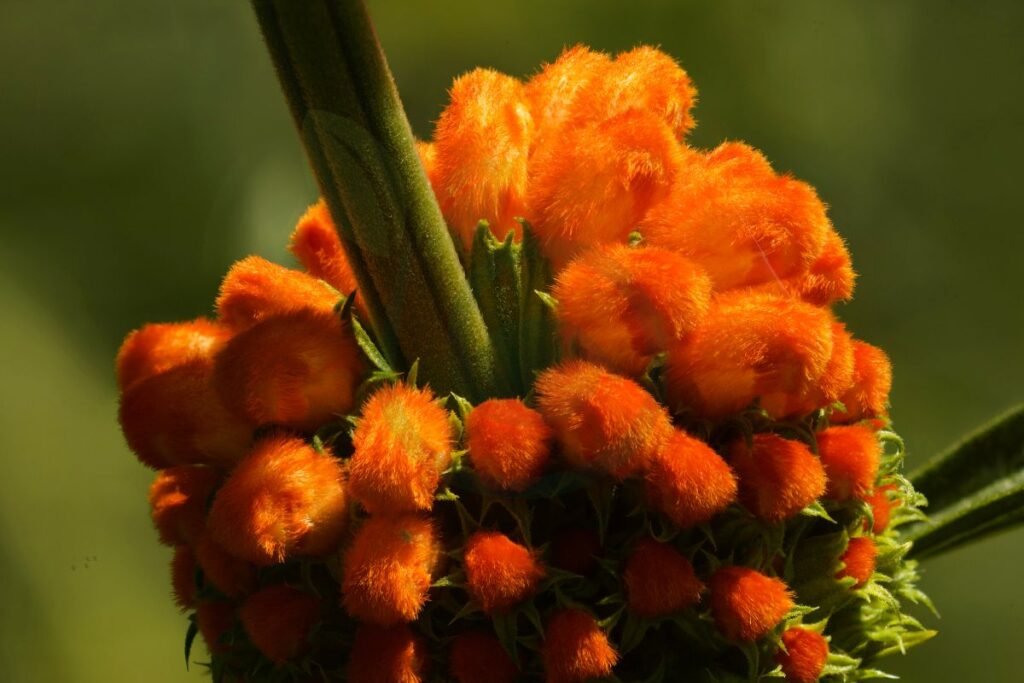
Plant Pairing Recommendations
When selecting companion plants for the lion tail plant, choose species that complement its characteristics. Opt for low-maintenance plants that thrive in similar conditions to ensure harmonious growth. Consider pairing the lion tail plant with drought-tolerant succulents like agave or yucca for a cohesive desert-themed garden.
For a vibrant burst of color, combine the lion tail plant with flowering perennials such as lantana or verbena. These cheerful blooms will add seasonal interest and attract pollinators to your garden. Mixing in ornamental grasses like fountain grass can soften the lion tail plant's spiky silhouette, creating a balanced and inviting landscape.
Experiment with contrasting foliage shapes and colors to create visually appealing plant combinations. Pair the lion tail plant's sword-like leaves with rounder foliage varieties for an interesting juxtaposition. Integrate mulch around your plants to conserve moisture and suppress weeds while adding a polished finish to your garden beds.
Final Remarks
You now have a solid grasp of how to care for your lion tail plant, from understanding its unique characteristics to troubleshooting common issues. By following the soil, watering, and climate guidelines provided, nourishing it properly, and considering companion planting, you can ensure your plant thrives and enhances your garden's beauty. Remember the seasonal care tips to keep your lion tail healthy year-round.
Incorporate these insights into your gardening routine to enjoy a flourishing lion tail plant that adds a touch of nature's splendor to your outdoor space. Share your newfound knowledge with fellow plant enthusiasts and continue exploring ways to elevate your garden aesthetics. Your green thumb will surely thank you for the effort put into nurturing these stunning plants.
Frequently Asked Questions
How do I understand the unique characteristics of a Lion's Tail plant?
The Lion's Tail plant, also known as Leonotis leonurus, is characterized by its vibrant orange flowers and tall, spiky appearance. It thrives in warm climates and attracts pollinators like bees and birds.
What are the essential soil and watering requirements for a Lion's Tail plant?
Plant Lion's Tail in well-draining soil to prevent waterlogging. Water deeply but infrequently, allowing the top few inches of soil to dry out between waterings. Avoid overwatering to prevent root rot.
What climate conditions are ideal for nurturing a Lion's Tail plant?
Lion's Tail plants thrive in warm climates with plenty of sunlight. They are drought-tolerant once established but benefit from occasional deep watering during prolonged dry spells. Protect them from frost in cooler regions.
How can I nourish my Lion's Tail plant effectively?
Feed your Lion's Tail plant with a balanced fertilizer during the growing season to promote healthy growth and abundant flowering. Prune dead or damaged branches to encourage new growth and maintain its shape.
What is the best way to propagate a Lion's Tail plant successfully?
Propagate Lion's Tail plants through stem cuttings taken in spring or early summer. Ensure the cuttings have at least two sets of leaves and place them in well-draining soil to root. Provide warmth and indirect light for optimal growth.
Are there any companion plants that pair well with a Lion's Tail plant?
Companion plants like Salvia, Echinacea, and Lavender complement Lion's Tail well, creating a visually appealing garden display while attracting beneficial insects. Consider planting these companions nearby to enhance biodiversity in your garden ecosystem.
How can I troubleshoot common issues that may arise with my Lion's Tail plant?
Common issues like powdery mildew, root rot, or pest infestations can affect Lion's Tail plants. Monitor for signs of disease or pests regularly, provide proper care based on symptoms observed, and take prompt action using organic remedies if needed.
Image Source: Paid image from CANVA

